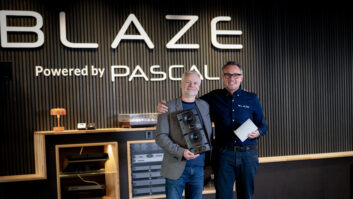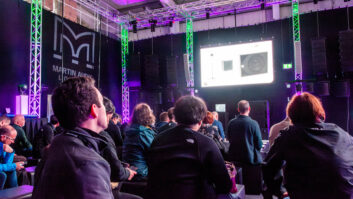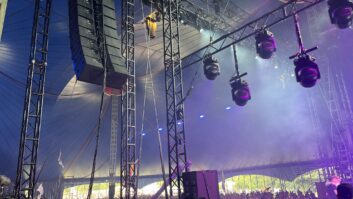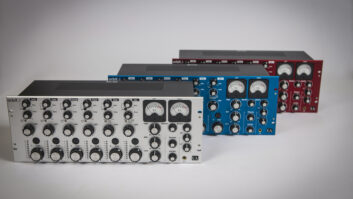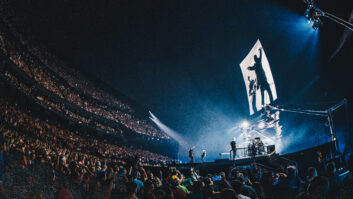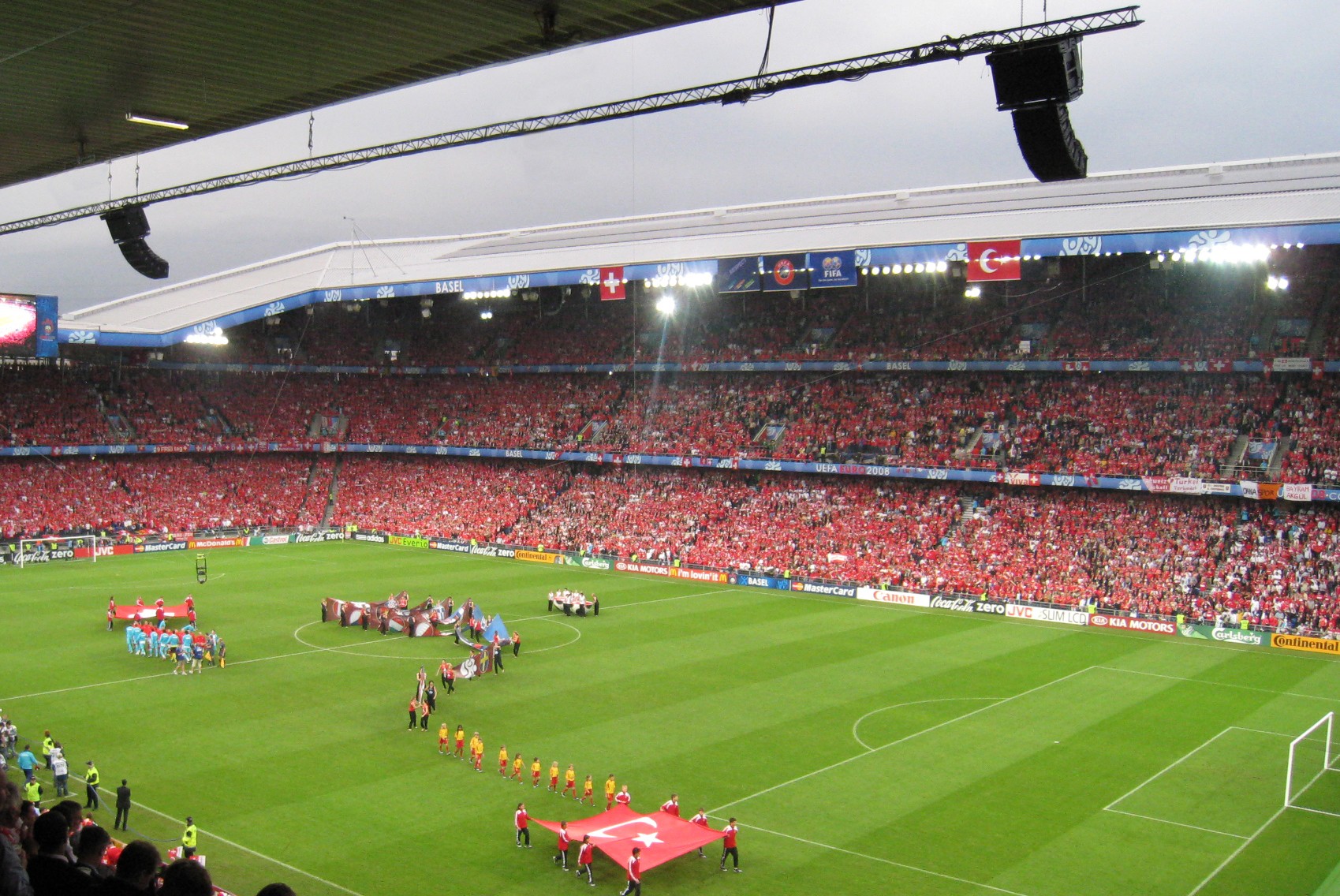
What are the loudspeaker requirements of world-class sports stadiums? Phil Ward reports.
Bowl loudspeakers are nowadays nearly always line arrays. One example is QSC Audio’s WideLine8 series, offering a typical solution. “Compact, articulated line arrays help to avoid sightline issues,” says Martin Barbour, product applications specialist at QSC. “140° horizontal coverage allows for either fewer required arrays to cover the audience area or for improved stereo imaging, provided the conventional number and spacing of arrays is used.”
Bowl systems developed for soccer stadiums are a combination of suitable performance and cost efficiency, according to Brad Ricks, JBL Professional’s senior application engineer. “These stadiums tend to have a cover over the audience area providing an excellent mounting location for a distributed system,” he points out. “Loudspeakers are placed near the edge of the structure and typically cover an entire vertical section of the building. The resulting throw distance to the seating – along with performance expectations, intelligibility requirements and cost constraints – combine to determine the appropriate product type.
“The systems should also be weather-resistant: suitable product can be purpose-built for the outdoors, such as the JBL AW-series, or modified standard product that uses fibre glass treatment and stainless steel hardware.”
“The goal of every stadium architect is to build a unique place that suits not only the needs of the sport it was built for, but also augments the spectators’ emotional involvement,” comments Martin Reich, CEO of Zurich-based AudioConsulting AG, respected Meyer Sound user and a veteran of several festivals and tournaments including as stadium sound project leader for UEFA’s Euro 2012 and Euro 2008 finals and the World Gynaestrada 2011 in Lausanne. “One important factor is the loudness of the cheering crowd, so usually sports arenas are deliberately very reverberant to make the crowd louder. But involving the crowd is also the goal of the content, like the commercials played on the giant screens, while the sonic quality of stadium announcements is an important factor.” Amplifying any audio signal in such a place is a challenge: the ability to control frequencies below 250Hz is important.
“Only highly directive speaker systems can bring better quality audio with full frequency range and high dynamics. With the use of technologies like beam-steering and beam-shaping we will see dramatic changes in the future. Such technology also allows us to exclude certain positions from being polluted by the PA, like the media and commentary positions, field reporters and TV studio positions, while providing a full level for the rest of the bowl.
“The disadvantage of this technology is the need to run every cabinet on its own processor and amplifier channel, so self-powered speaker systems will greatly simplify this kind of implementation and set-up. Installing an amplifier channel and running a loudspeaker cable of sometimes more then 100m per line array cabinet will be a thing of the past when you can run just one Cat5 or fibre cable and power to the array. This is not a dream: it’s a reality in products like Meyer Sound’s Column Array Loudspeaker, for example.
“Network standards like AVB or AES67 will be the backbone to make this happen very soon. I don’t think that everybody involved in a stadium production – like the broadcasters, the stadium AV infrastructure and so on – would like to rely on a network with a single sync master. But once bridge switches arrive, with the ability to connect asynchronous networks together, the RJ45 connector will quickly replace the XLR as the common audio interface.”
www.audioconsulting.ch
www.jblpro.com
www.meyersound.com
www.qsc.com
